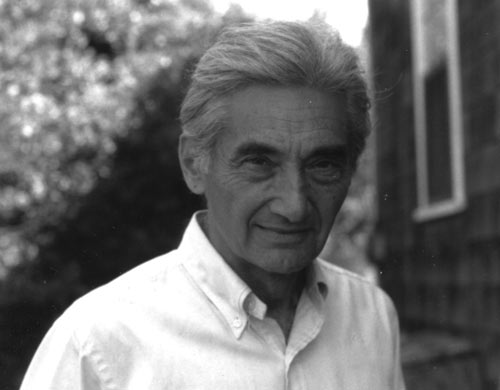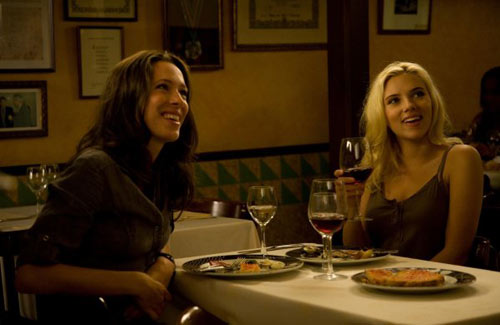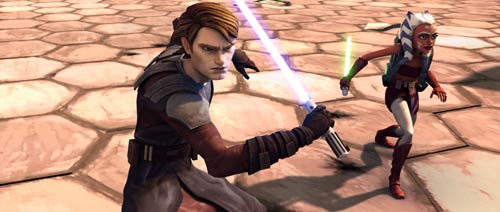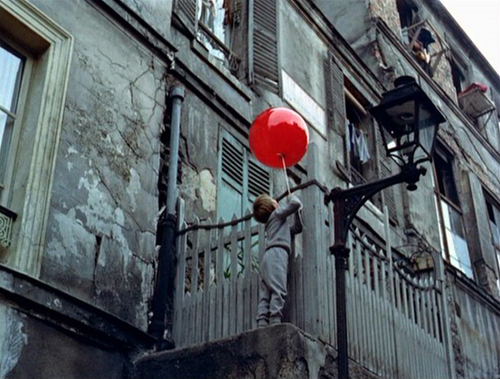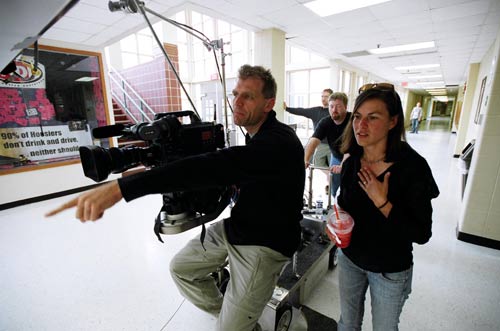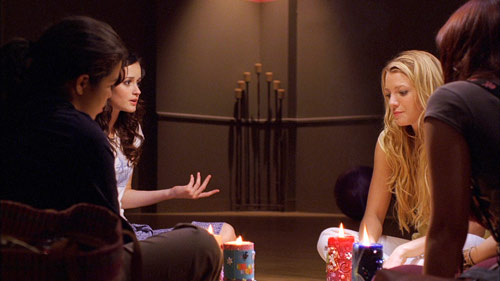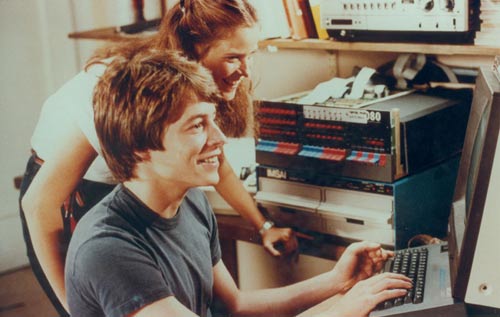Three years ago, when the first Sisterhood of the Traveling Pants movie hit theaters, Alexis Bledel and Amber Tamblyn were the well-known stars, courtesy of their TV shows Gilmore Girls and Joan of Arcadia. But now things have shifted, with their fellow Sisterhood stars Blake Lively and America Ferrera grabbing magazine covers with TV hits Gossip Girl and Ugly Betty. As for their characters in the Sisterhood, well all four are riding high when we first meet them in the sequel, with Brown, Yale, NYU Film School, and Rhode Island School of Design the markers of success.
Still, as most 19-year-olds would tell their younger siblings, just getting into your dream college doesn't necessarily guarantee happiness. And as Tibby (Tamblyn), Lena (Bledel), Carmen (Ferrera), and Bridget (Lively) head towards the summer, not all is well. For starters, all four are scattering to summer projects, so that last f in bff looks a bit tenuous. Even worse, those projects have a way of bringing up problems of their own. Lena finds out her boyfriend from the first film has gotten married to someone else, Bridget is dealing with issues related to her mother's suicide, Carmen is struggling at a theater camp and, in the most provocative of the storylines, Tibby might be pregnant.
Although this material could be ripe for after-school specials, the conflicts are handled with patience and surprising depth. It helps that the actresses are strong. Tamblyn is especially good in conveying the anxiety that an unwanted pregnancy could bring, and Lively combines her natural charisma with some genuinely emotional acting. Only Bledel looks a little bored, though that might have something to do with her storyline being the purely romantic one of the bunch. Not that the other girls don't have potential love interests (in today's teen entertainment, this goes without saying), but romance is refreshingly secondary to issues of family and identity.
As with the first film and the books they're based on, the four storylines are largely independent of each other, so the narrative sometimes feels fragmented. Ironically, when the quartet finally does come together, the movie doesn't know what to do with them. But otherwise, director Sanaa Hamri keeps it all going, and there are several affecting moments. Tibby's scenes with her boyfriend are refreshingly mature (parents take note), and the movie slows down enough for us to appreciate their interactions. The same is true when Bridget confronts her dad and grandmother. Twelve-year-olds will be able to follow the story, but twenty-year-olds won't find the material beneath them.
True, the boyfriend possibilities feel like the work of a focus group of 14-year-old girls (soooo dreamy). But in a summer when Anne Hathaway has been caught in her lingerie and Angelina Jolie has been dipped in wax, it seems the height of hypocrisy for male critics to begrudge young women a little wish fulfillment of their own.
